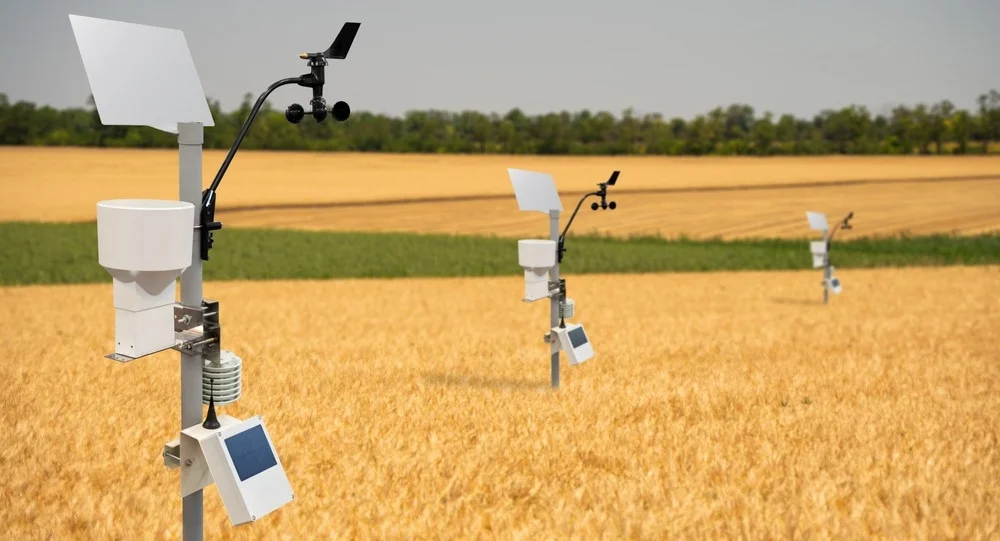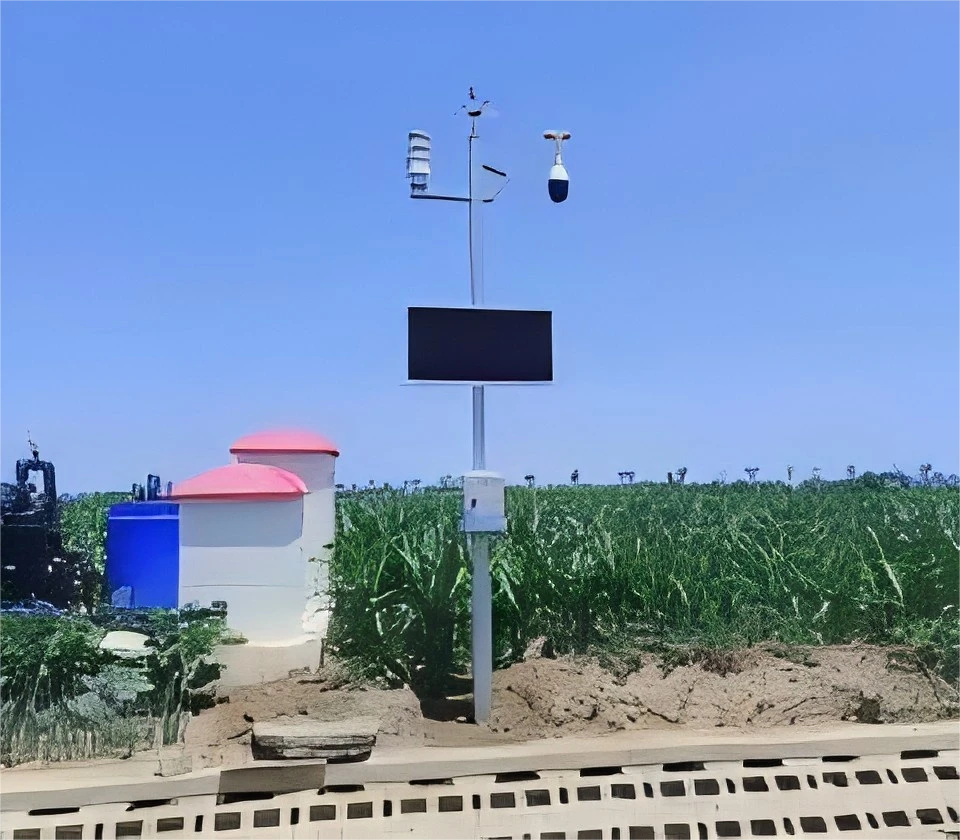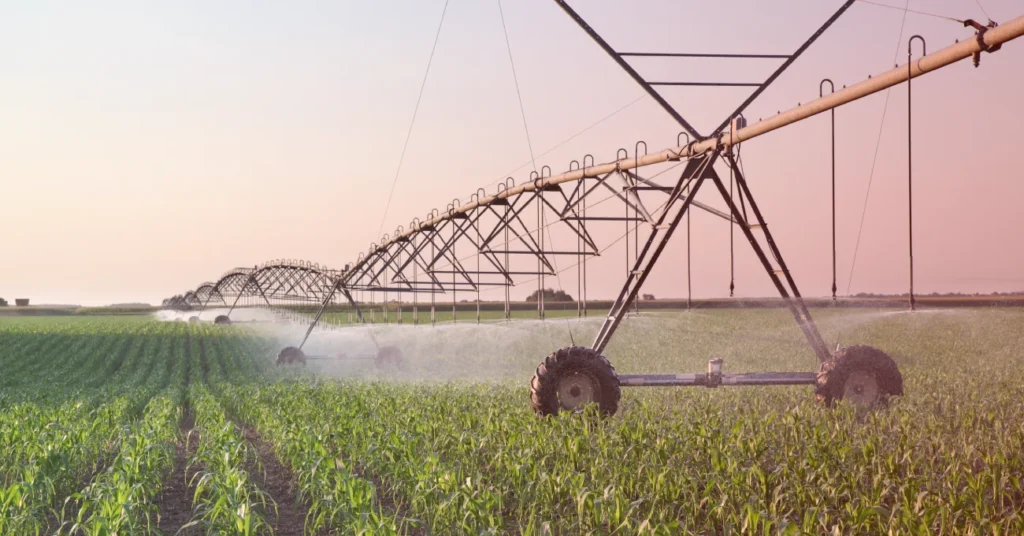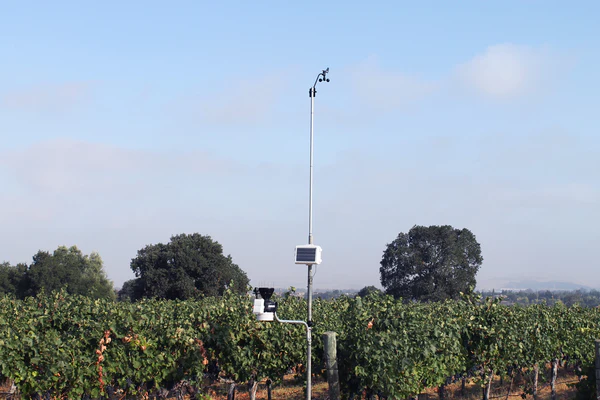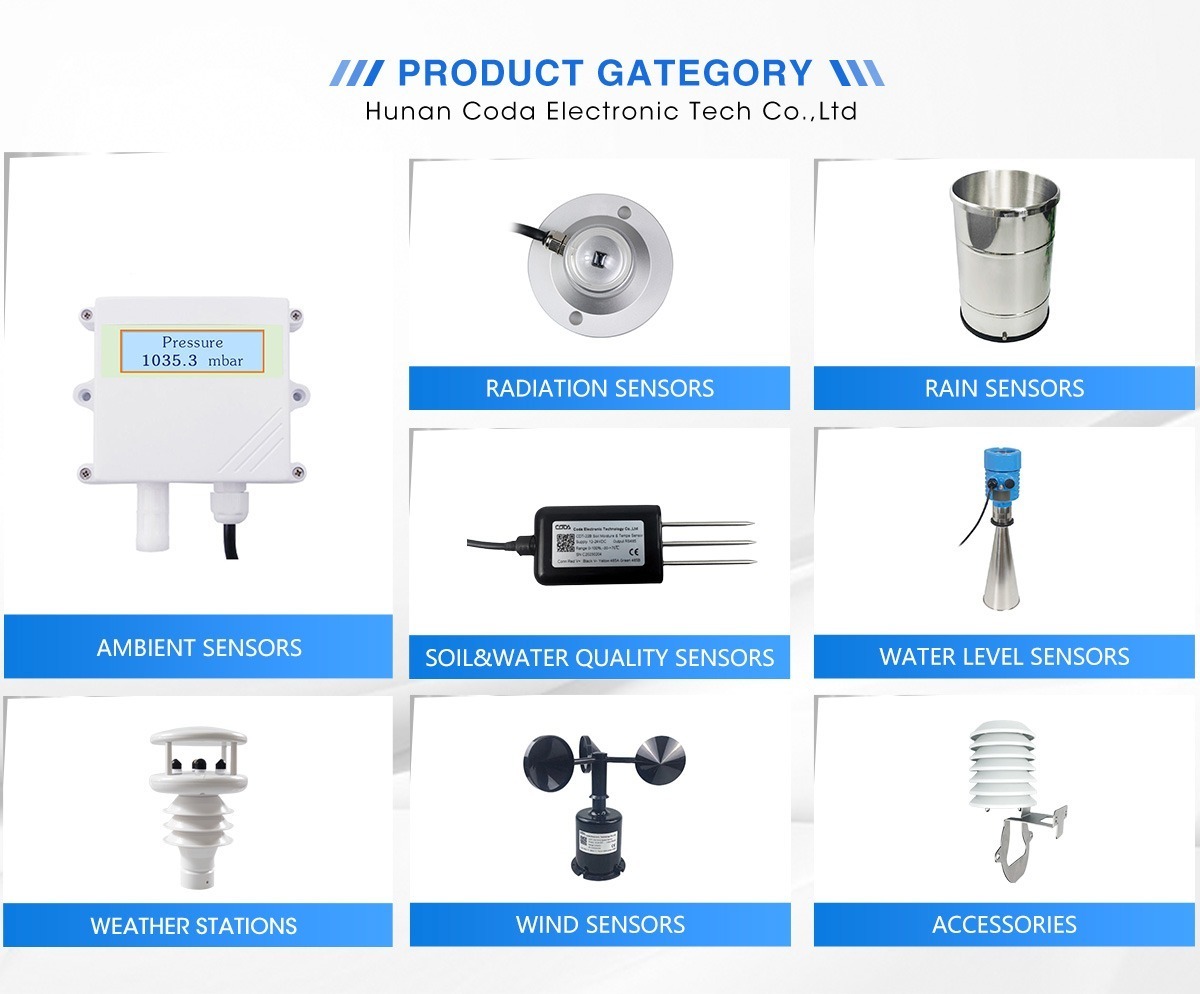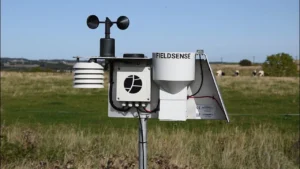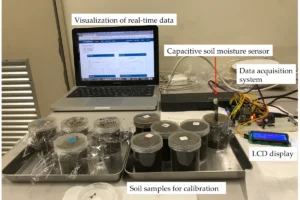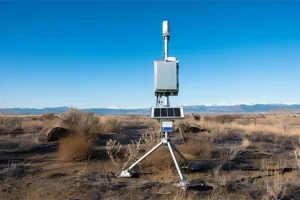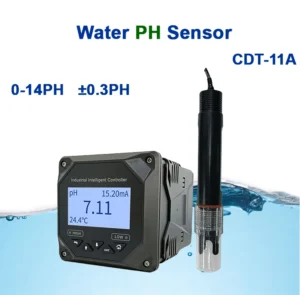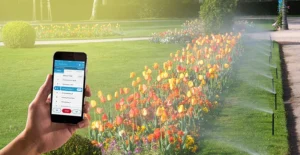best weather station for farmers
In today’s fast-changing farming world, weather stations are important tools for farmers. They give accurate, real-time weather data. This information helps farmers make better choices. It protects their crops and boosts productivity on their farms.
I. Core Functions of Farm Weather Stations
A. Monitoring Key Weather Parameters
**Temperature**
Agricultural weather stations have precise temperature sensors. Temperature is very important for all stages of crop growth. For example, during seed germination, each crop needs certain temperature levels for the best growth.
Sudden drops in temperature can delay seed germination or cause seeds to rot. Plants like tomatoes are sensitive to frost. Farmers must watch temperatures closely.
This helps them act quickly. They can cover crops with frost blankets when freezing weather is coming.
**Humidity**
These stations have sensors that measure air humidity and soil moisture. High humidity can lead to fungal diseases, like powdery mildew, especially in crops such as grapes.
Low soil moisture can stress plants and make it hard for them to take in nutrients. By checking humidity, farmers can change irrigation schedules and improve ventilation in greenhouses. This helps maintain good growing conditions.
**Precipitation**
Farm weather stations use precipitation gauges to measure rainfall accurately. Rain is important for healthy crops. But too much rain can cause problems like waterlogging, root rot, and nutrient loss.
In places with unpredictable rain, farmers use weather data to decide on extra watering. This also helps them know if they should wait to work in the fields. They want to avoid problems with wet soil.
**Wind**
Wind sensors measure how fast the wind blows and which way it goes. They give helpful information for running farms. Strong winds can damage crops and break branches in orchards.
They can also help pests and diseases spread. For instance, wind can carry diseases like wheat rust, which can quickly infect whole fields. By using wind data, farmers can place windbreaks and time pesticide applications better. This helps reduce drift and improve how well pesticides work.
B. Data Collection and Transmission
Farm weather stations collect data in real time and send it to a central system, like a computer or phone. Modern stations use wireless technology, such as Wi-Fi, cellular networks (3G, 4G, or 5G), and satellites.
This connection allows farmers to access important data from anywhere. They can be in the field or at home. Getting real-time information helps them make faster and better choices.
II. The Importance of Farm Weather Stations
A. Enhancing Crop Management
**Irrigation Planning**
Farmers can use data on temperature, humidity, and rainfall to improve their watering schedules. Instead of watering at the same times, they can change their plans based on soil moisture.
This way, crops get enough water when they need it most. This method saves water and helps plants grow better. As a result, the quality of the yield improves.
**Pest and Disease Control**
Weather conditions have a big impact on pest activity and disease spread. For example, some pests thrive in specific temperatures and humidity levels.
By checking these factors often, farmers can predict outbreaks. They can then act quickly by using pesticides or adding helpful insects.
Knowing weather trends helps farmers time their fungicide treatments. This makes the treatments more effective against crop diseases.
**Fertilizer Application**
Accurate soil moisture and temperature data help find the best times to apply fertilizer. These factors affect how well plant roots absorb nutrients.
If the soil is too wet, fertilizer can wash away. If the soil is too dry, plants may not get nutrients. Farmers can use weather station data to use fertilizer better. This helps improve crop growth.
B. Reducing Risks
**Protection from Extreme Weather Events**
Farm research grade weather station are important for giving early warnings about bad weather. This includes storms, hail, and droughts. If a storm is coming, farmers can take steps to protect their crops and animals.
They might secure greenhouses, harvest ripe crops early, or move livestock to safer places. During droughts, farmers can use methods to save water. They can also change their planting plans. This helps reduce losses based on how bad and how long the drought lasts.
**Support for Insurance and Disaster Relief**
Accurate weather records from farm stations help with insurance claims for crop losses due to bad weather. This data also helps in planning for disaster relief. It shows how much weather can harm farming. This information helps leaders use resources wisely and support recovery efforts.
III. Components of a Farm Weather Station
**A. Sensors**
**1. Weather Sensors**
– **Thermometers**: These can be mercury-in-glass, electronic, or infrared types. They measure air temperature at different heights above the ground to see temperature changes.
– **Hygrometers**: Usually, capacitive or resistive hygrometers measure relative humidity. Some advanced models can also check the dew point.
– **Rain Gauges**: There are different types. Tipping-bucket rain gauges track rainfall by counting how often a small bucket tips when filled with water. Weighing rain gauges measure the weight of the collected rain.
– **Anemometers & Wind Vanes**: Cup anemometers are often used to measure wind speed. Wind vanes show the direction of the wind. Modern ultrasonic anemometers are more accurate and require little maintenance.
– **leaf wetness**: In farm weather stations, leaf wetness sensors are very important. They keep track of moisture on plant leaves. This gives real-time data on how long the leaves stay wet.
– **Solar radiation**: Solar radiation sensor are key parts of farm weather stations. They measure how strong and how long sunlight hits crop canopies.
**2. Soil Sensors**
– **Soil Moisture Sensors**: These use methods like capacitance, resistance, or time-domain reflectometry. They measure the amount of water in the soil at different depths.
– **Soil Temperature Sensors**: These sensors are like air temperature sensors. They are made to go into the soil at different depths. They are important for checking conditions that affect root growth and nutrient availability.
**B. Data Loggers and Controllers**
Data loggers collect, store, and process information from sensors. Some loggers have microprocessors and memory. They can control farm machines with sensor data. For example, they can turn on irrigation systems when the soil is dry.
**C. Communication Devices**
Communication tools like Wi-Fi modules, cellular modems, and satellite transceivers help send data. They send information from the weather station to farmers’ devices right away. This lets farmers get important information anytime, no matter where their farm is.
IV. Future Trends in Farm Weather Stations
**A. Integration with Precision Agriculture Technologies**
Farm weather stations are now used with precision farming tools. These tools include GPS tractors, variable-rate systems, and drones. For example:
Weather data can help change how much fertilizer and pesticide to use. This is done in systems that adjust based on local field conditions.
Drones help collect local data and give real-time feedback. This information adds to what weather stations provide.
**B. Advanced Data Analytics**
As data from farm weather stations grows, farmers are using better tools like machine learning. These tools analyze past and current weather data, as well as other farm information.
This includes soil type, crop kinds, and yield records. They help predict crop growth, pest risks, and weather effects. This allows farmers to make better decisions and improve their practices.
In summary, farm weather stations are now vital for modern agriculture. They give farmers key information to manage their farms. This helps lower weather-related risks and supports sustainable farming. As technology advances, these stations will have a larger role in precision farming and boosting productivity in agriculture.
